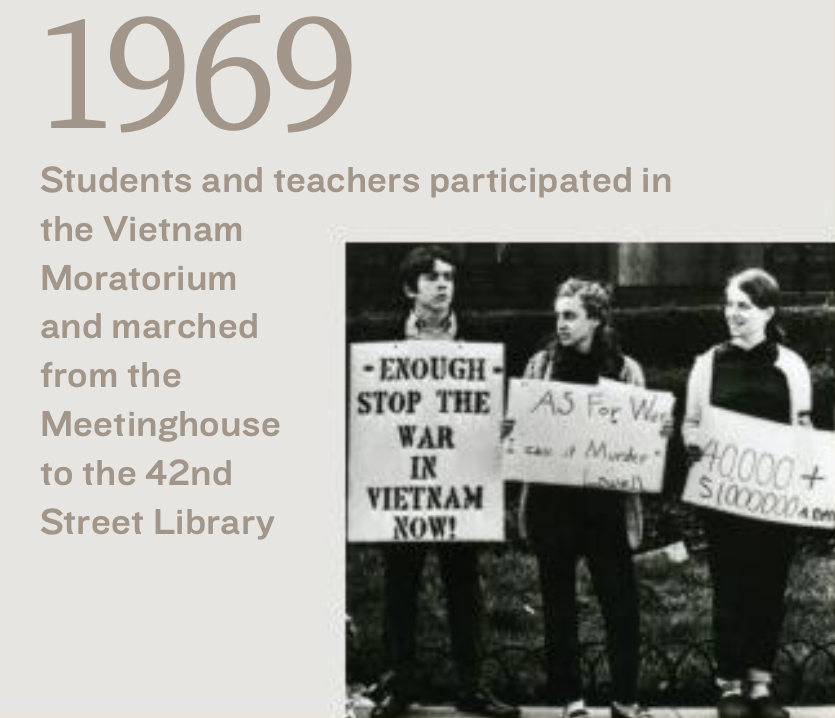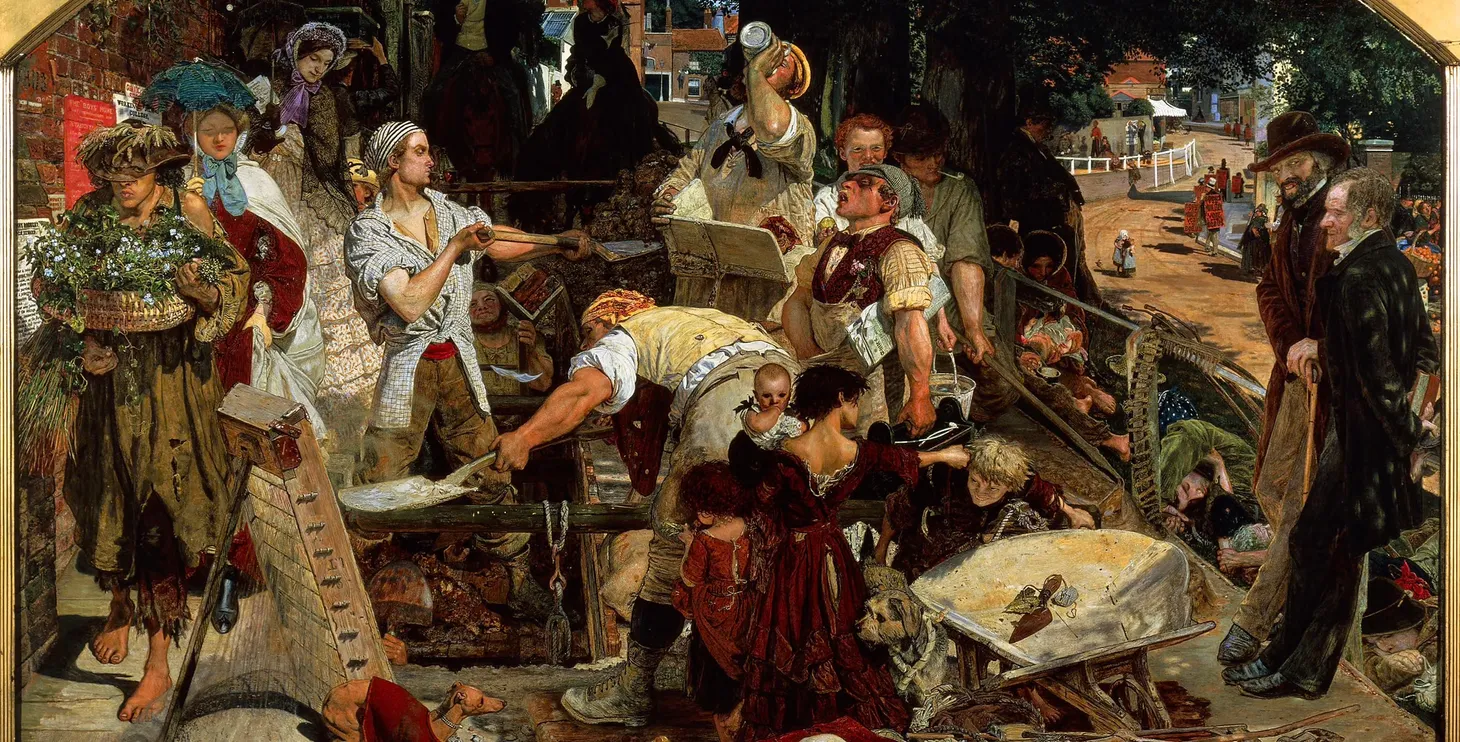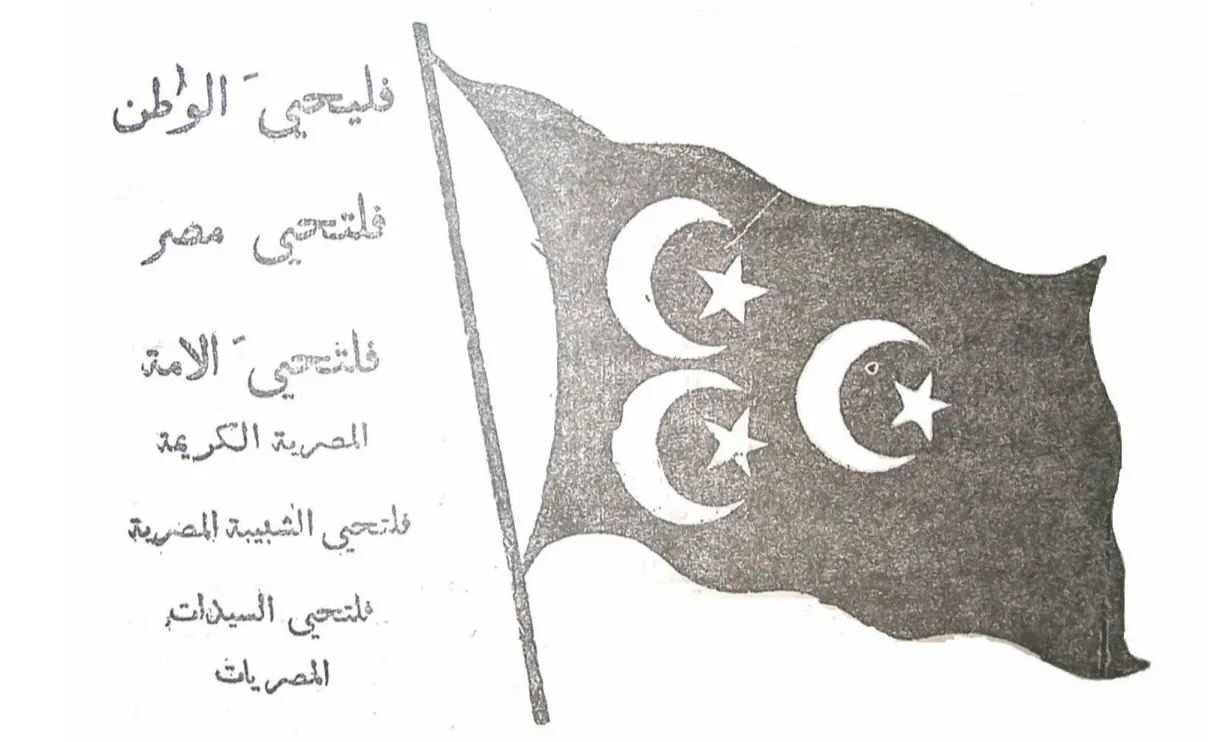“They Know the Peacebreakers but not the Peacemakers”: Teaching Dissent, Pacifism, and Women’s Activism in the First World War
A discussion of women’s peaceful protest during the First World War and using secondary sources in the world history classroom.

When I started teaching at Friends Seminary in 2001, many colleagues had taught at the school for over thirty years. I also had colleagues who had attended the school. These folks shared stories about teachers and principals who organized students to write protest letters during the Vietnam War. During the AIDs crisis, an art teacher encouraged students to decorate bags to deliver food to people with AIDS. At my suburban Houston high school, administrators encouraged boys to join ROTC, and even teachers used homophobic slurs whenever discussing homosexuality. The stories from my Friends Seminary colleagues inspired me to rethink how I teach wars, dissent, and activism in world history.

Too often, world history textbooks focus only on the causes and effects of the wars. If there was a significant development in how the wars were fought, the authors also focus on that. The Great War is the perfect example. Most world history narratives focus on the causes (history teachers love the acronym MANIA), the trenches and total war, and the effects (the Paris Peace Conference). Textbooks often include pictures of women working in factories and propaganda for the war to highlight how noncombatants supported the war. Few textbooks devote more than a sentence to the people who protested the war. The authors normalize and legitimize war by choosing not to include more opponents’ stories.
Another critical skill for world history courses is helping students learn how to read additional secondary sources. I often use secondary sources that challenge or complicate the narrative in the textbook. By including an article about peace and protest movements during the First World War, we can help students learn to question their textbooks and present an alternative narrative about pacifism and women’s roles during the First World War.
Teaching Peace
This content is for Paid Members
Unlock full access to Liberating Narratives and see the entire library of members-only content.
SubscribeAlready have an account? Log in



